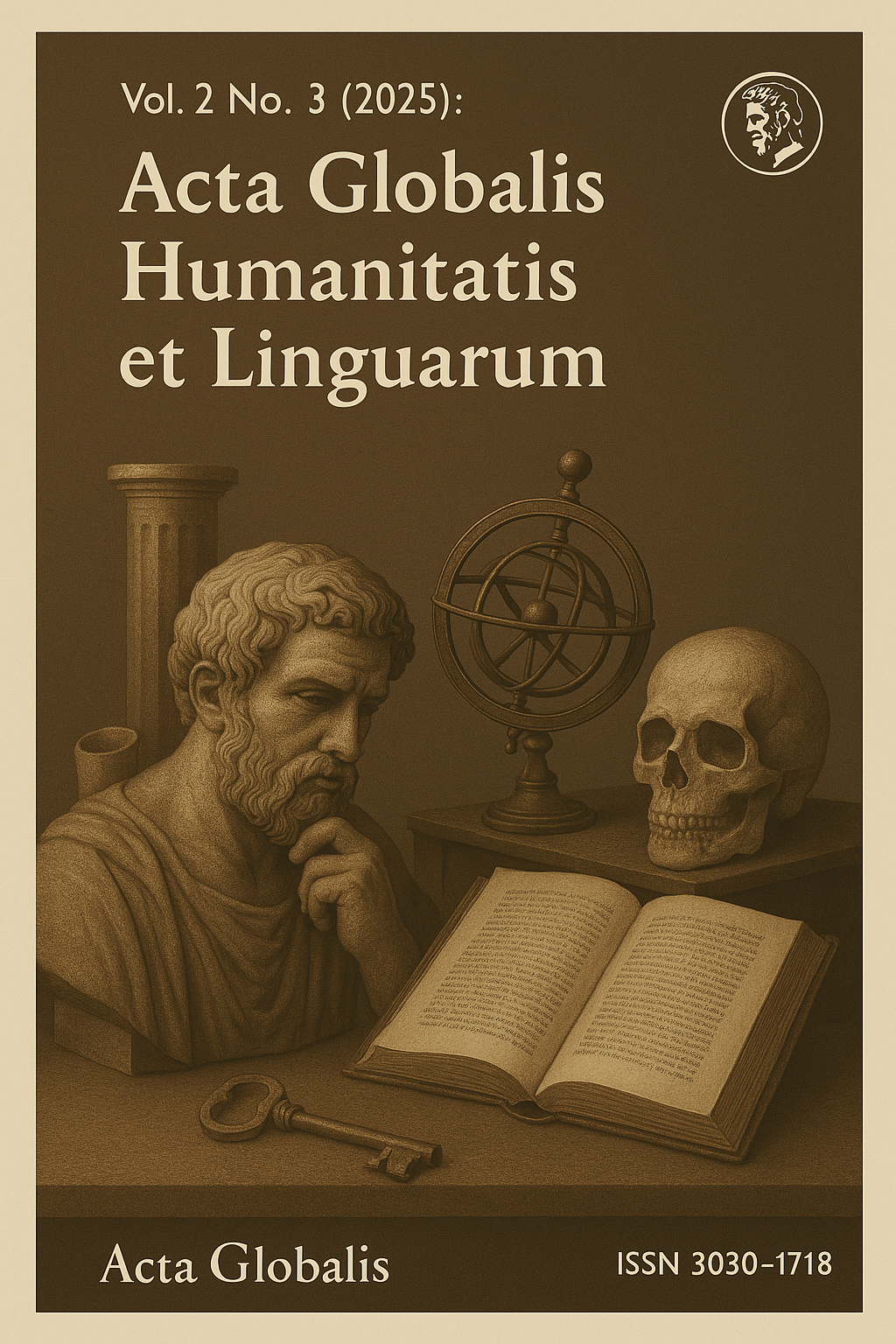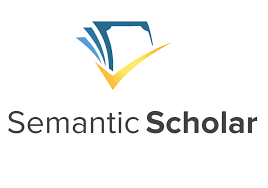Pronunciation issues in translation: challenges and implications
DOI:
https://doi.org/10.69760/aghel.0250020006Keywords:
pronunciation in translation, phonetic errors, misinterpretation, homophones, stress variation, simultaneous interpreting, AI translation, Phonological Challenges, Translator training, speech recognitionAbstract
Pronunciation is often seen as a minor detail in translation, yet it can shape meaning in unexpected ways. A simple mispronunciation can lead to confusion, mistranslations, or even embarrassing mistakes, especially in high-stakes situations like diplomatic meetings or legal proceedings. This paper explores how pronunciation affects translation, looking at common challenges such as homophones, misplaced stress, and phonetic similarities that alter meaning. Using real-life examples, we examine how both human translators and AI-based systems struggle with pronunciation-related issues. The paper also highlights difficulties faced by non-native translators and offers practical solutions to enhance pronunciation awareness. By integrating pronunciation training into translation studies, we can minimize misunderstandings and improve cross-linguistic communication. This research calls for a stronger emphasis on phonetic accuracy in translation education and explores how technology can help bridge the gap.
References
Bureau Works. (2021). The worst translation mistakes in history. https://www.bureauworks.com/blog/worst-translation-mistakes
Crystal, D. (2012). A dictionary of linguistics and phonetics (6th ed.). Wiley-Blackwell.
Gile, D. (2009). Basic concepts and models for interpreter and translator training (Rev. ed.). John Benjamins Publishing.
Hale, S. (2014). The discourse of court interpreting: Discourse practices of the law, the witness, and the interpreter. John Benjamins Publishing.
Language Log (University of Pennsylvania). (2022). Khrushchev's "We will bury you": A mistranslation? https://languagelog.ldc.upenn.edu/nll/?p=61527
Mirzayev, E. (2023). Phonetics and phonology at NSU: Integrating the eclectic method in transformative student research. Web of Semantics: Journal of Interdisciplinary Science, 1(2), 25–29.
Mirzayev, E. (2024a). A comprehensive guide to English's most common vowel sound. Global Spectrum of Research and Humanities, 1(1), 19–26.
Mirzayev, E. (2024b). Bridging pronunciation gaps: The impact of eclectic teaching methods in tertiary English education. Acta Globalis Humanitatis Et Linguarum, 1(1), 97–107.
Mirzayev, E. (2024c). Enhancing pronunciation skills through the eclectic method in university-level English teaching. EuroGlobal Journal of Linguistics and Language Education, 1(2), 139–148.
Mirzayev, E. (2024d). Enunciating effectively: The influence of Bloom's taxonomy on teaching pronunciation. Sciences of Europe, 137, 93–101. https://doi.org/10.5281/zenodo.10874725
Mirzayev, E. (2024e). Machine translation vs. human translation: A comparative analysis. Journal of Foreign Language Teaching and Applied Linguistics, 31.
Mirzayev, E. (2024f). The influence of first language interference on ESL writing skills. EuroGlobal Journal of Linguistics and Language Education, 1(1), 33–39.
Mirzayev, E. (2024g). Uniting TPR and eclectic methodology to maximize pronunciation proficiency for university students. Biological Sciences, 54.
Pöchhacker, F. (2016). Introducing interpreting studies (2nd ed.). Routledge.
Smithsonian Magazine. (2017). Why does everybody think JFK said, "I’m a jelly donut?" https://www.smithsonianmag.com/smart-news/why-does-everybody-think-jfk-said-im-jelly-donut-180963779/
Downloads
Published
Issue
Section
License
Copyright (c) 2025 Acta Globalis Humanitatis et Linguarum

This work is licensed under a Creative Commons Attribution-NonCommercial 4.0 International License.







